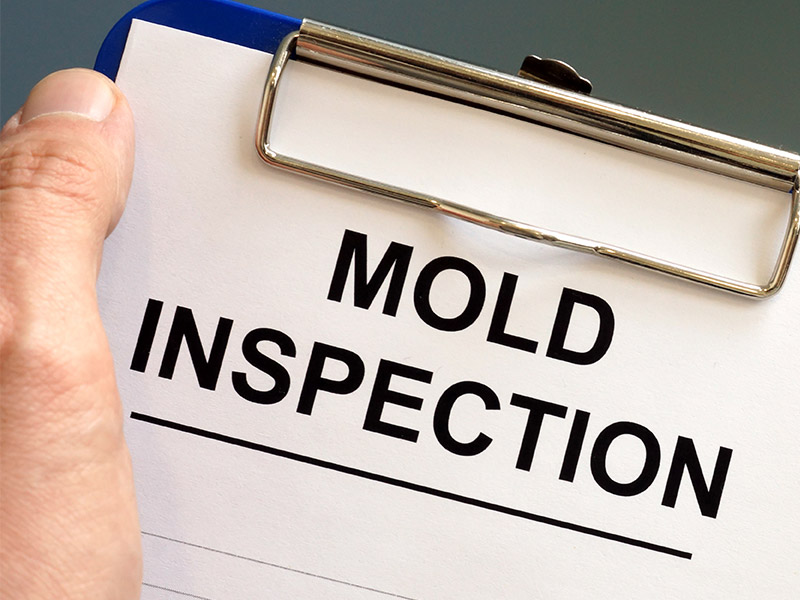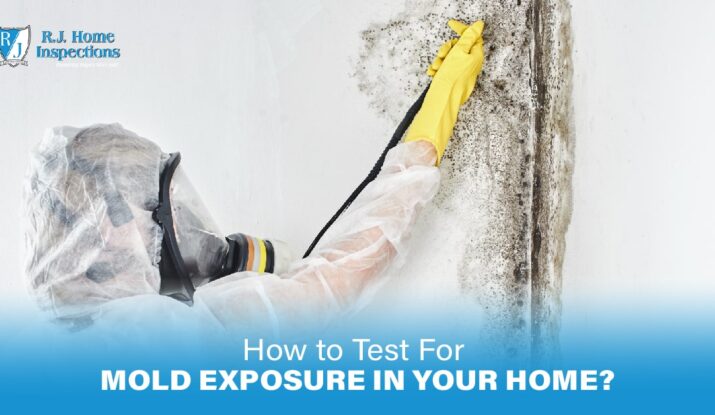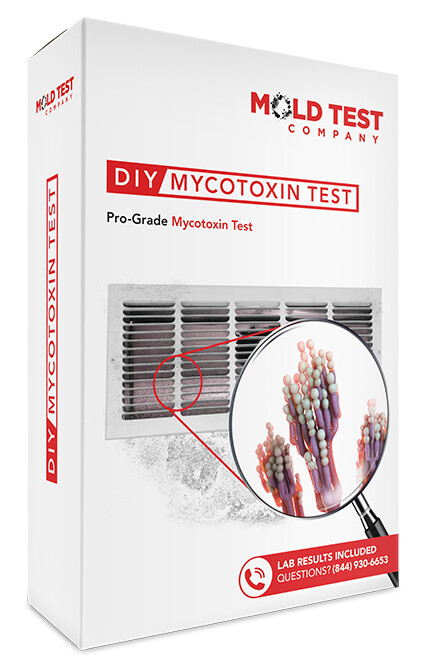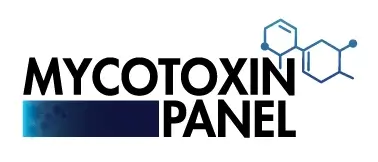Mycotoxin testing Services: A Trick Part in Risk Management Methods
Mycotoxin testing Services: A Trick Part in Risk Management Methods
Blog Article
How Mycotoxin Testing Helps Protect Against Contamination and Guard Food Supplies

Mycotoxin testing is a crucial technique in the food industry, serving as a frontline protection against contamination by damaging toxic substances created by molds. With the application of sophisticated strategies like High-Performance Fluid Chromatography (HPLC) and Fluid Chromatography-Mass Spectrometry (LC-MS), food manufacturers can properly evaluate and spot mycotoxin degrees in farming products.
Understanding Mycotoxins
Understanding mycotoxins begins with acknowledging that they are toxic additional metabolites produced by specific mold and mildews, which can pollute farming products. These metabolites are not necessary for the growth or reproduction of the fungis yet can have serious implications for animal and human health and wellness. Mycotoxins are generally located in staple plants such as corn, wheat, barley, and nuts, where they can multiply under certain conditions of wetness and temperature.
There are a number of kinds of mycotoxins, each generated by different fungal varieties. Fusarium species create fumonisins and trichothecenes, both of which are associated with numerous intense and persistent wellness issues.

Risks of Mycotoxin Contamination
The threats of mycotoxin contamination are multifaceted, posing substantial risks to both food security and public wellness. Mycotoxins, hazardous substances created by certain kinds of fungis, can contaminate a vast variety of farming products including cereals, nuts, flavors, dried fruits, and coffee.
Financial effects are another significant concern. Polluted crops can result in significant monetary losses for farmers and food manufacturers as a result of decreased returns and the need for costly purification steps. Furthermore, worldwide profession can be substantially hindered as nations impose rigorous mycotoxin guidelines to shield their populaces, resulting in turned down deliveries and stretched profession connections.
Environmental factors such as climate change worsen the risk of mycotoxin contamination. Variations in temperature and moisture can develop positive conditions for fungal development, enhancing the likelihood of contamination events. Hence, understanding and mitigating these dangers are important for guaranteeing the safety and security and stability of global food supplies.
Approaches of Mycotoxin Examining
Precisely determining mycotoxin contamination in farming products is necessary for securing public health and wellness and preserving food security criteria. Different techniques are used to identify and quantify mycotoxins, each offering details benefits and limitations.
High-Performance Fluid Chromatography (HPLC) is an extensively used technique due to its high sensitivity and accuracy. It includes dividing mycotoxins from various other materials in a sample, enabling precise quantification. Fluid Chromatography-Mass Spectrometry (LC-MS) incorporates liquid chromatography with mass spectrometry to provide thorough molecular information, making it particularly helpful for determining multiple mycotoxins simultaneously.

Gas Chromatography-Mass Spectrometry (GC-MS) and Thin-Layer Chromatography (TENDER LOVING CARE) are also utilized, each with unique applications. GC-MS works for volatile mycotoxins, while TLC provides an easier, cost-efficient option for preliminary screening.
Advantages of Regular Checking
Routine screening for mycotoxins in farming products supplies numerous advantages, substantially adding to public health and food safety. By determining contamination early, regular testing aids prevent the circulation of poisonous foods, thereby lowering the threat of mycotoxin-related diseases amongst customers. This positive method not only safeguards human wellness yet also boosts the overall top quality of food supplies.
Constant screening also supports regulatory compliance. Different countries and areas have developed rigorous limitations for mycotoxin degrees in food and feed. Complying with these restrictions with regular testing guarantees that producers and suppliers satisfy legal standards, thus preventing charges and profession barriers. Furthermore, preserving compliance cultivates customer trust fund and brand credibility, which are essential for market success.
Furthermore, normal mycotoxin testing can lead to significant financial benefits. Early discovery of contamination permits timely treatment, reducing prospective losses from extensive contamination. Carrying out regular testing find out procedures can also decrease recall expenses and related responsibilities, which can be monetarily ruining.
Furthermore, regular testing gives beneficial information that can educate much better agricultural techniques and storage problems. By recognizing patterns of contamination, producers can embrace safety nets, consequently decreasing future risks and adding to the sustainability of the food supply chain.
Carrying Out Examining Methods
Executing efficient mycotoxin testing procedures is critical for guaranteeing the safety and security and quality of agricultural items. Each phase must be inspected to determine where mycotoxin contamination is most likely to take place.
When critical control factors are determined, picking appropriate screening techniques is necessary. Typical strategies include enzyme-linked immunosorbent assay (ELISA), high-performance liquid chromatography (HPLC), and mass spectrometry (MS) Each approach has its staminas and weak points; thus, choosing the correct one depends on the details mycotoxin being tested, the called for level of sensitivity, and available sources.

Lastly, integrating the testing procedures into an extensive food security management system is suggested. This enhances traceability and allows speedy restorative actions when contamination is found, therefore safeguarding the honesty of the food supply chain.
Verdict
Mycotoxin screening is important in avoiding contamination and securing food materials by enabling early detection of unsafe toxins generated by mold and mildews in farming products. Advanced methods why not check here such as HPLC and LC-MS ensure compliance with safety laws and secure customers from health threats. Regular testing improves brand online reputation, economic security, and count on in food safety by reducing contamination-related losses and maintaining high criteria in food manufacturing. Executing rigorous screening protocols is hence critical for the market's overall wellness.
Mycotoxin screening is a vital technique in the food industry, offering as a frontline protection against contamination by unsafe contaminants generated by mold and mildews. An incorporated method including agricultural practices, storage administration, and normal testing can reduce the threats linked with mycotoxin contamination, making sure food security and public health and wellness.
The dangers of mycotoxin contamination are complex, presenting substantial hazards to both food security and public health and wellness.Normal testing for mycotoxins in farming items provides many advantages, dramatically adding find here to public health and wellness and food safety.Mycotoxin testing is important in protecting against contamination and guarding food products by making it possible for very early discovery of damaging toxic substances created by molds in farming products.
Report this page